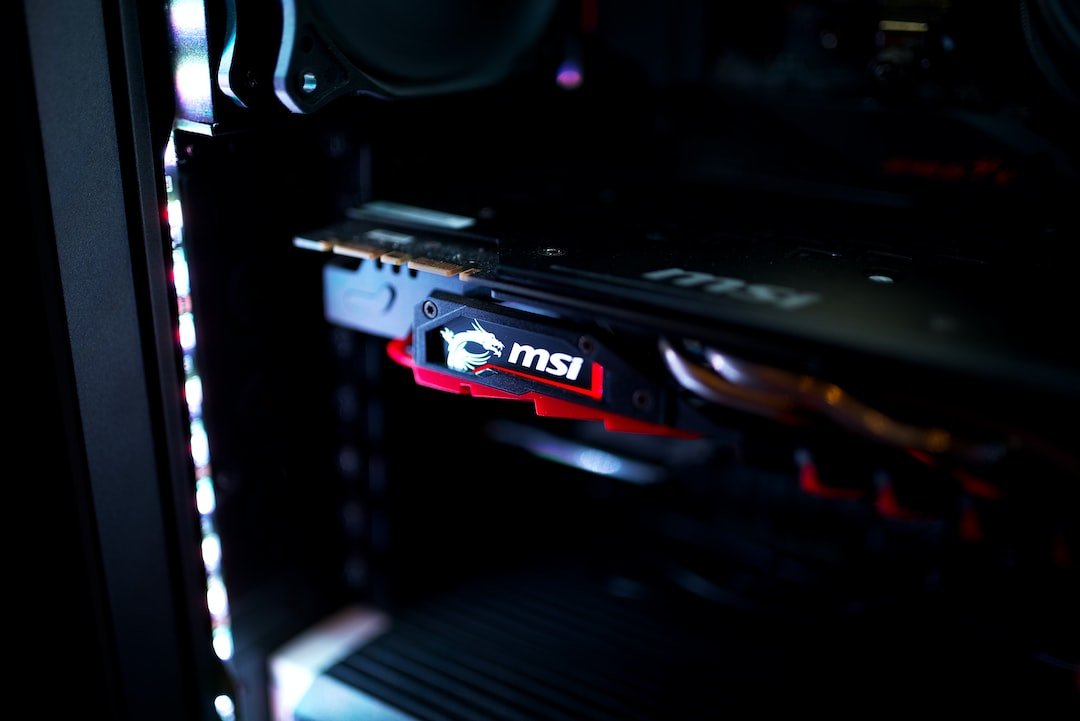Introduction
Have you ever considered how secure your internet connection is? In an era where cyber threats are rampant, it’s crucial to take steps to protect your data and privacy online. One effective way to do this is by setting up a VPN router. In this ultimate guide, we’ll explore everything you need to know about VPN router setup for secure connections.
What is a VPN Router?
Before we dive into the details of setting up a VPN router, let’s first understand what it is. A VPN router is a device that allows you to connect multiple devices in your home or office to a virtual private network (VPN). It acts as a gateway between your devices and the VPN server, encrypting your internet traffic and providing an additional layer of security.
Benefits of Using a VPN Router
Using a VPN router offers several benefits. Here are some notable ones:
Enhanced Security: By encrypting your internet traffic, a VPN router ensures that your data remains secure and private, protecting you from hackers, identity theft, and other online threats.
Access to Geo-Restricted Content: With a VPN router, you can bypass geographic restrictions and access content that is otherwise unavailable in your region. Say goodbye to those frustrating “This content is not available in your country” messages!
Anonymity and Privacy: A VPN router hides your real IP address and replaces it with one from the VPN server, making it difficult for anyone to trace your online activities back to you.
- Multiple Device Connectivity: Unlike a VPN installed on a single device, a VPN router allows you to connect multiple devices simultaneously. This is especially convenient for households with several smartphones, tablets, laptops, and smart devices.
Setting Up a VPN Router
Now that we understand the benefits, let’s discuss how to set up a VPN router. Follow these steps to ensure a smooth and secure setup:
Step 1: Choose a Compatible Router
Not all routers are created equal when it comes to VPN compatibility. Make sure to choose a router that supports VPN firmware (like DD-WRT or Tomato), as some routers may have limitations or lack the necessary features. Research and select a router that fits your needs and offers VPN support.
Step 2: Install VPN Firmware
Once you have a compatible router, the next step is to install VPN firmware. This process varies depending on the router model and the firmware you choose. Most VPN providers offer detailed instructions on how to flash your router with their firmware. Follow the step-by-step guide provided by your VPN provider to install the firmware successfully.
Step 3: Configure VPN Settings
After successfully installing the VPN firmware, it’s time to configure the VPN settings. Access the router’s web interface and enter the necessary information provided by your VPN provider. This typically includes the VPN server address, username, password, and encryption protocol. Save the settings, and your router will now connect to the VPN server.
Step 4: Connect Devices to the VPN Router
Once your router is connected to the VPN server, you can start connecting your devices to the VPN router. This can be done either wirelessly or through an Ethernet cable. Adjust the settings on your devices to connect to the VPN router, and voila! Your devices are now protected and have access to the benefits of the VPN.
Conclusion
Setting up a VPN router is a wise investment for those seeking enhanced online security, privacy, and access to geo-restricted content. By following the steps outlined in this ultimate guide, you can easily establish a secure and private internet connection for all your devices. Say goodbye to worries about cyber threats and hello to a safer online experience!
FAQ
Q: What is the difference between a VPN router and a regular router?
A: Unlike a regular router, a VPN router allows you to connect multiple devices to a VPN, providing encryption and privacy for all connected devices.
Q: Can I use any router as a VPN router?
A: Not all routers are compatible with VPN firmware. You need to choose a router that supports VPN firmware, like DD-WRT or Tomato, to set up a VPN router.
Q: Can I set up a VPN router without technical skills?
A: While setting up a VPN router requires some technical knowledge, most VPN providers offer detailed instructions and support to guide you through the process.
Q: Can I connect devices wirelessly to a VPN router?
A: Yes, you can connect devices wirelessly to a VPN router, allowing all your wireless devices to enjoy the security and benefits of the VPN.
Q: How many devices can be connected to a VPN router?
A: The number of devices that can be connected to a VPN router depends on the router’s specifications. Some routers can handle a few devices, while others can support dozens of connections simultaneously.
| Website | Description |
|---|---|
| Home Network Setup | A guide to setting up a secure and efficient home network. |
| Wireless Router Security | Tips and tricks to enhance the security of your wireless router. |
| How to Set Up VPN on a Router | Protect All Your Devices With One VPN Connection |




